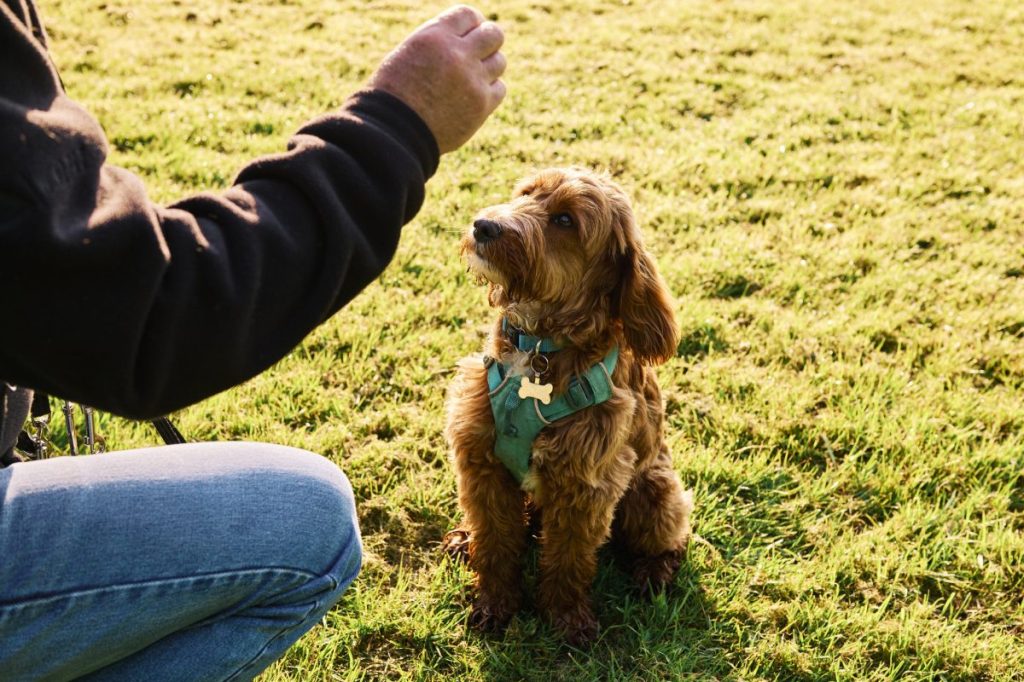Question:
I’d like to adopt a deaf dog, but I’m wondering if they will be difficult to train?
Answer:
Deaf dogs can make great pets. They adapt to their hearing loss quite well because a dog’s primary sources of communication are body language and scent. You might notice that when two dogs greet each other, they communicate all kinds of signals to each other without using any sound.
While barking and growling are additional ways dogs send messages, they aren’t their primary method. So in training, too, verbal language isn’t necessary. In fact, dogs pay more attention to cues in our body language and facial expressions than to what we are saying to them.
Training tips for deaf dogs
When training any dog, the most important factors are:
- Be clear about what you are asking your dog to do
- Reward them for the correct behavior
This is true for deaf dogs too. But since they’ll be relying on visual cues as opposed to your voice, it’s important to be very precise and clear with your hand signals. If you’ve never worked with a hearing-impaired dog before, a few sessions with a reputable trainer are highly encouraged.
Even though your dog is deaf, it’s important that you have the same behavioral expectations you would of any dog. Don’t make the mistake of allowing your dog to get away with negative behaviors just because you feel sorry for him. A well-trained dog is much happier anyway because they get to spend more time with you and the family. And like all dogs, a deaf dog will thrive in a home in which expectations are consistent.
Once you make the adjustment to communicating through body language and hand signals, you’ll be well on your way to enjoying a great life with your new companion!









